Originally published in The Village Square newsletter - Oct. 2009
Jigsaw puzzles were first made in England around 1760 and were mainly used as an education tool.
Today most jigsaw puzzles are die cut and made out of cardboard stock. A lot of scrollers like to cut there own puzzles out of plywood. The type of plywood is a matter of choice. Some use Baltic Birch, Oak, Cherry and Poplar to name a few. However most agree to use 1/4 inch, 5 ply, top quality plywood.
There are several cutting styles that can be use to cut your puzzles.
Traditional Cutting - Traditional cut puzzle is done with a grid pattern. This cut is the same type you would find in your store bought cardboard puzzles. This is the easiest puzzle to assemble
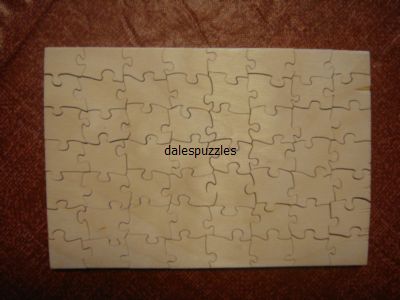
Diagonal Cutting - Diagonal cutting is also done on a grid pattern. This cut makes it very challenging since all outside pieces do not lock together without an inside piece to connect them.
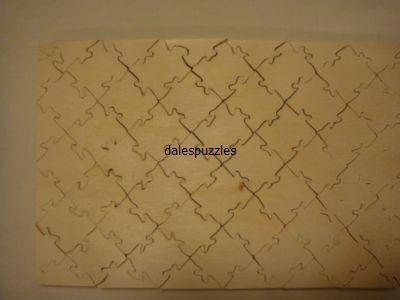
Color Line Cutting - Color Line cutting is the process of cutting the edges of pieces along color boundaries within the jigsaw puzzle's picture. Color line cutting makes the puzzle more challenging as pictorial clues is reduced, leaving the shapes of the pieces as the primary clue.
If the color boundaries consist of straight lines, the puzzle can be quite hard, as areas of similar color have to be assembled before the assembler can figure out how the regions fit together.
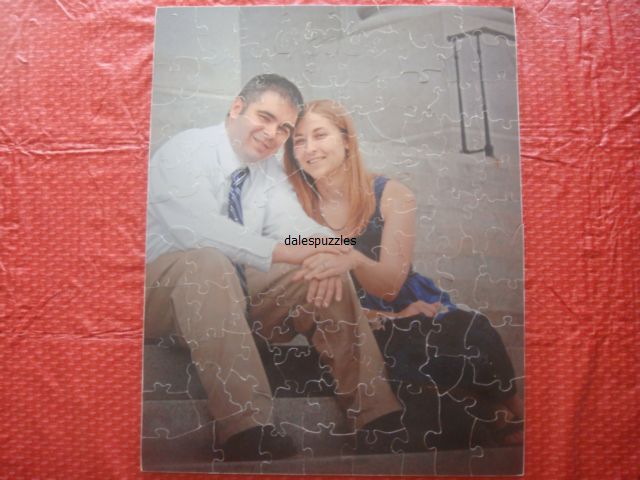
Continuous Cutting - This style of cutting is started at one point on the puzzle. It is then continued making loops, knobs and earlets in one continuous cut throughout the puzzle. In essence you will have two puzzle pieces when we are done with this cut. Then you will cut the pieces into smaller individual pieces to make your puzzle.
This technique can make the puzzle hard for the assembler.
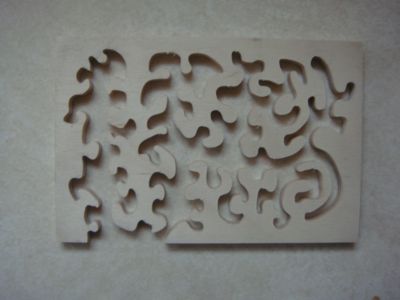
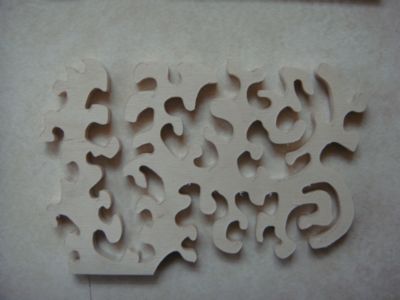
Figural Pieces - Figurals, or as they were called in Britain, whimsies, began to be popular at about the turn of the 20th century. They were special pieces put in at the whim of the cutter. They were one piece or a multiple pieces. They can either complement the puzzle image, or be a personal touch such an object from a favorite sport or hobby.
Figural pieces don't have to be objects. You can put names, initials, dates or even a small message into your puzzle. The only limitations are space in the puzzle for the figurals, and interlock ability if not enough regular pieces surround a figural.
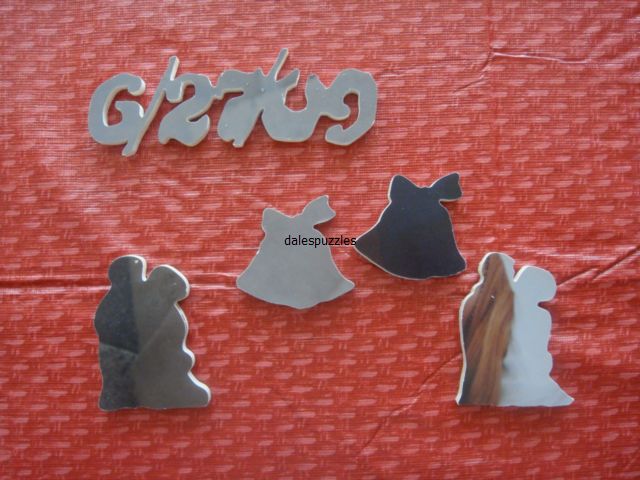


Recommended Comments
Join the conversation
You can post now and register later. If you have an account, sign in now to post with your account.
Note: Your post will require moderator approval before it will be visible.